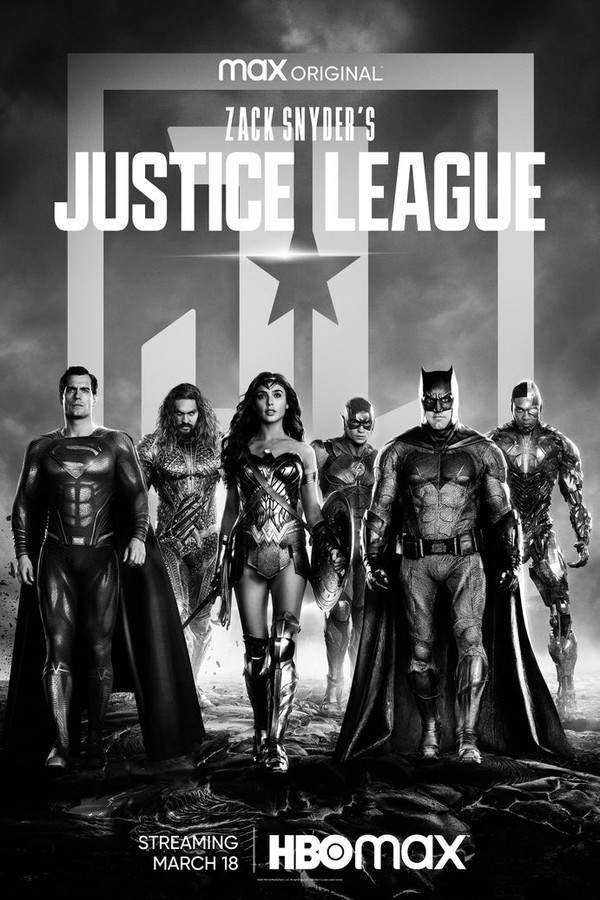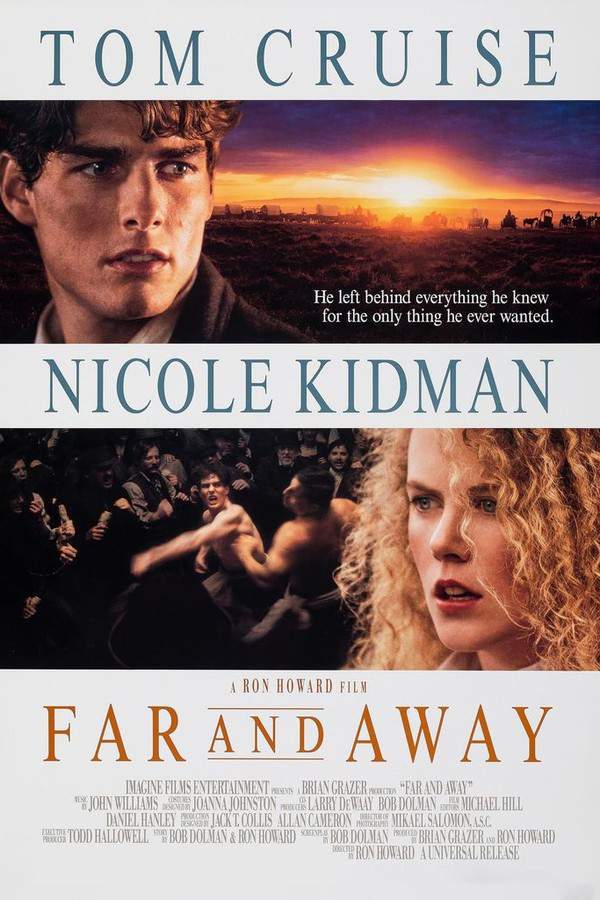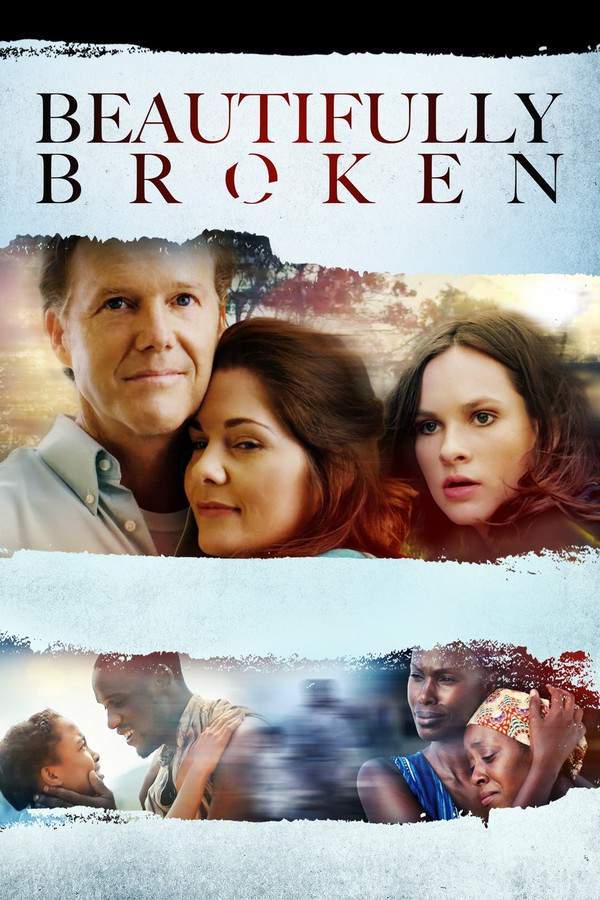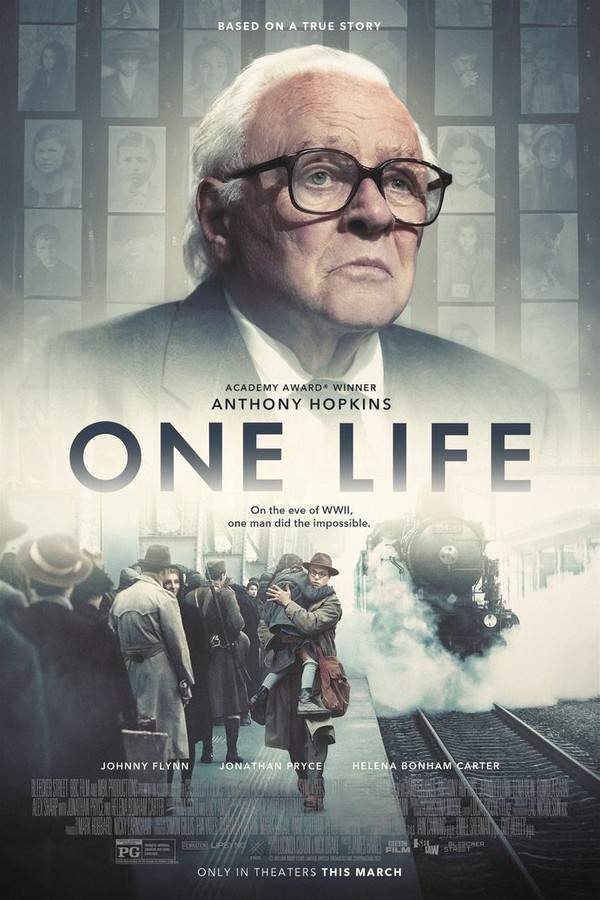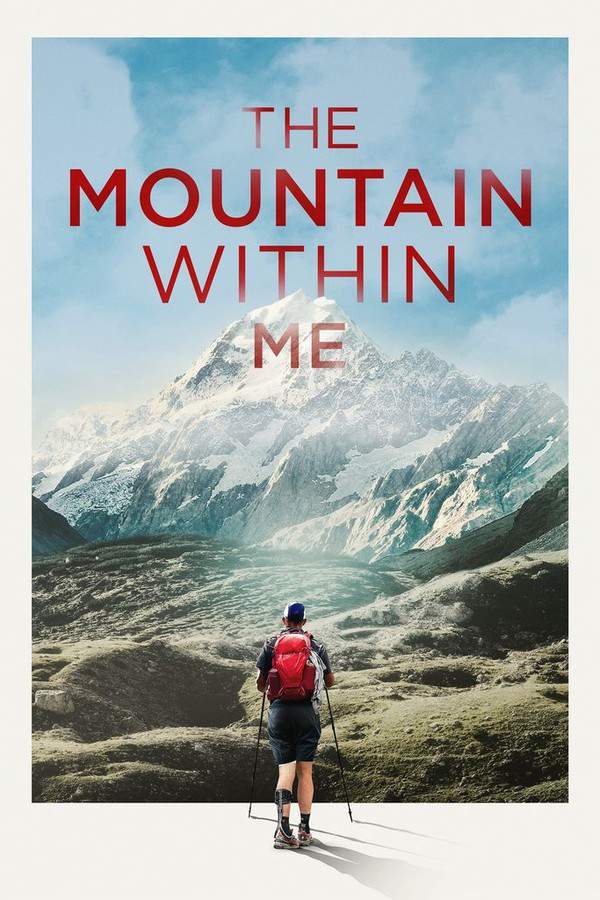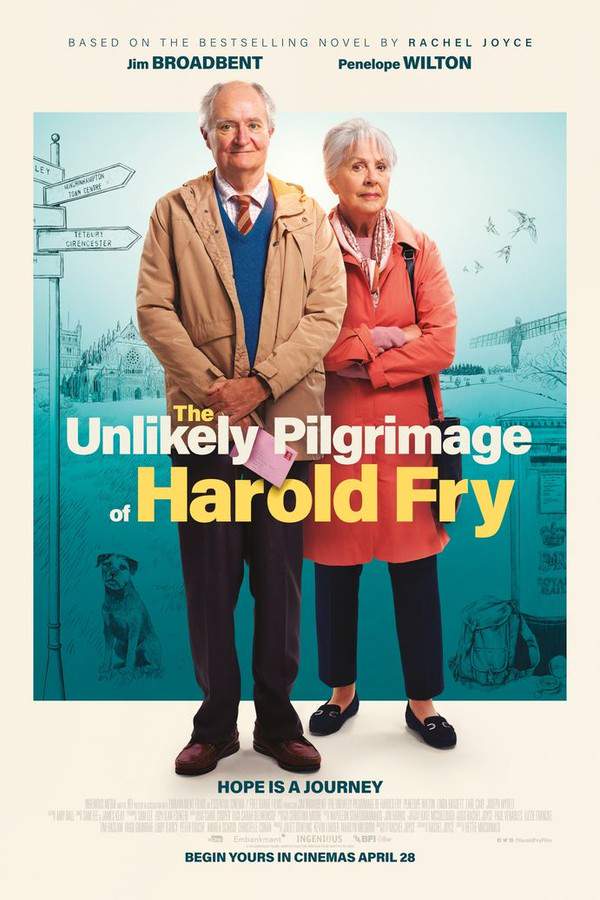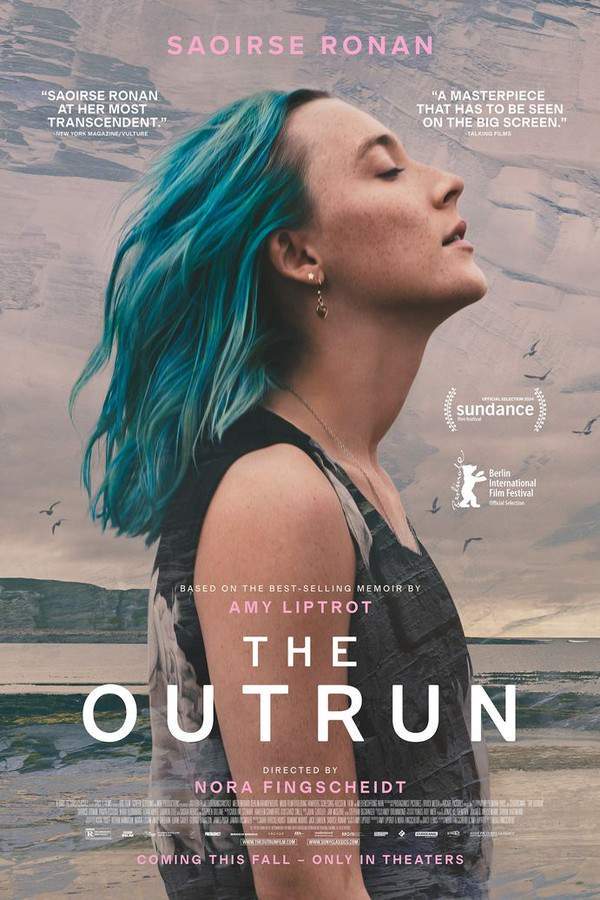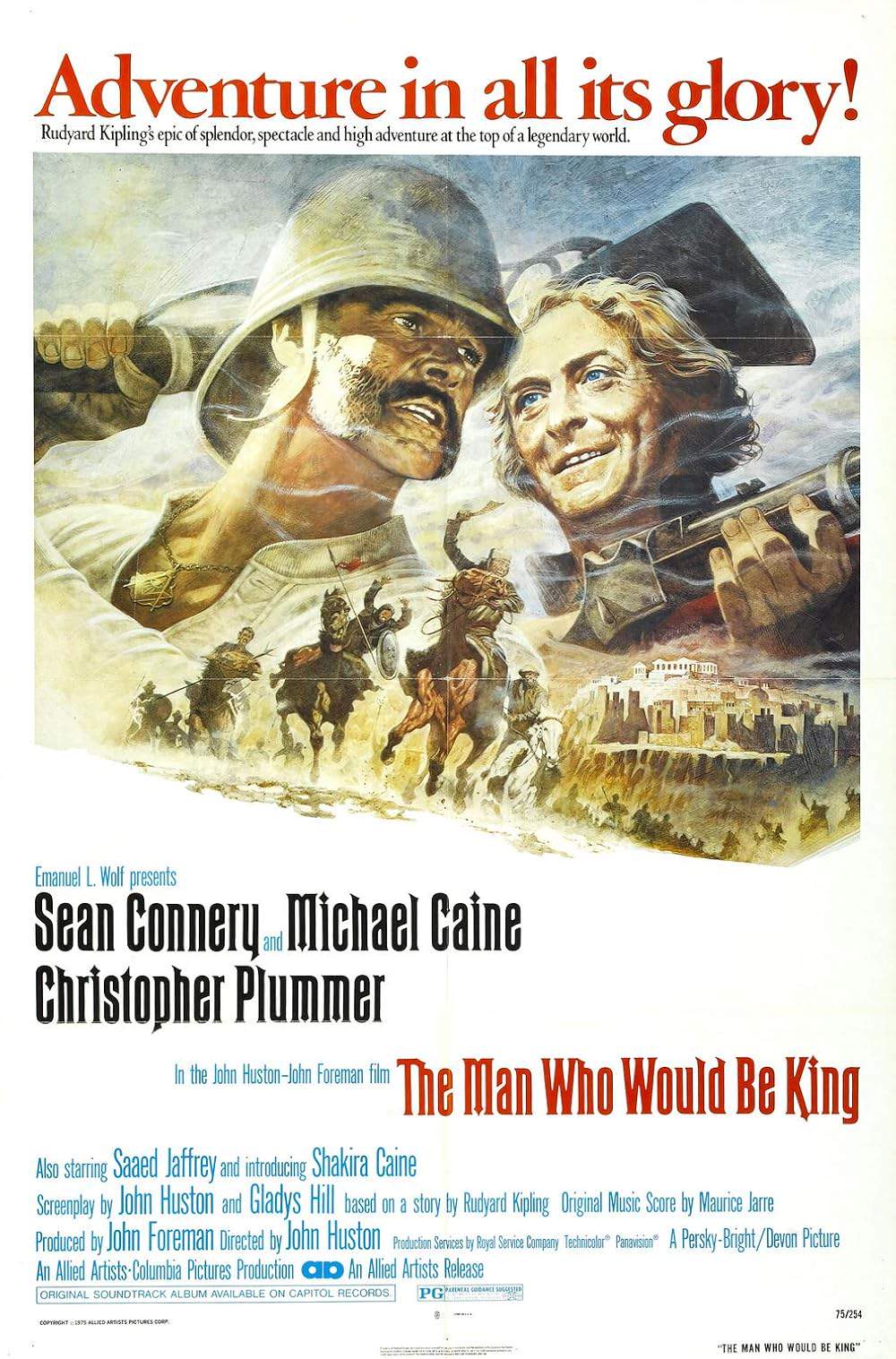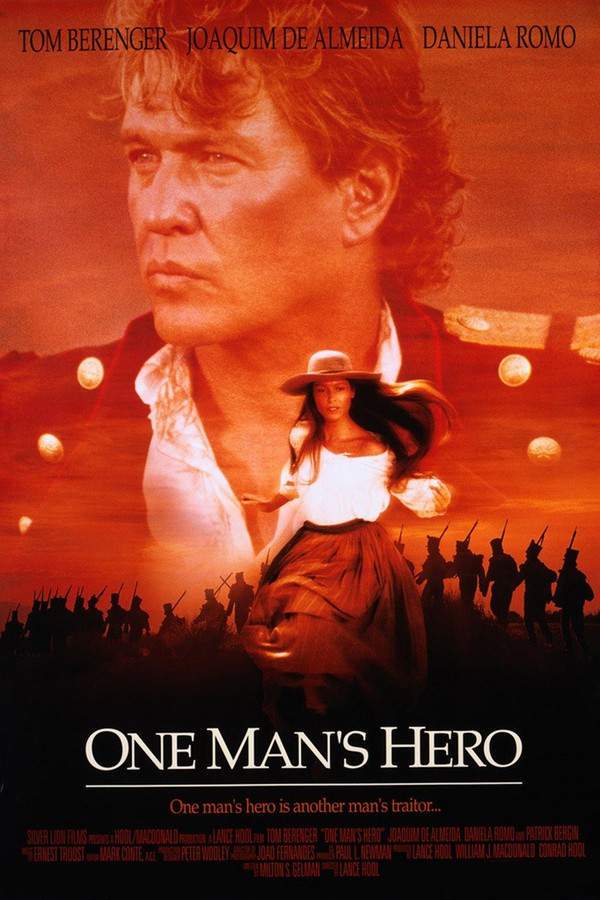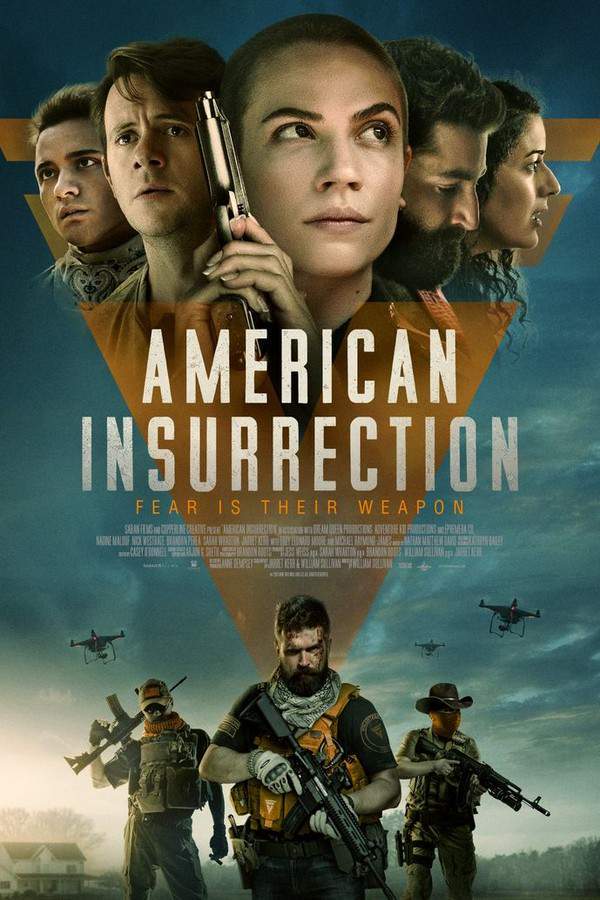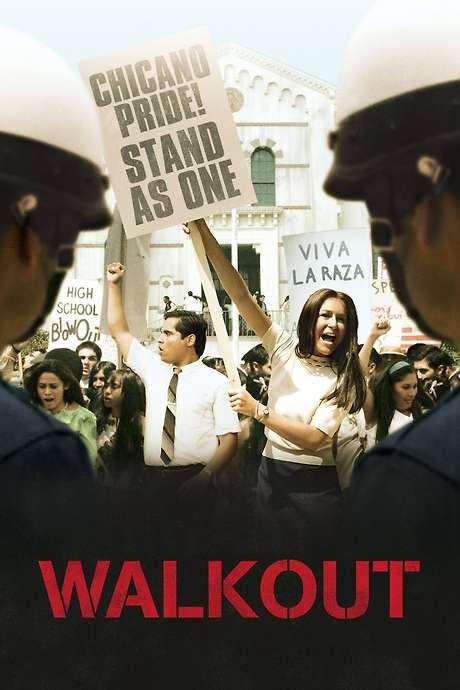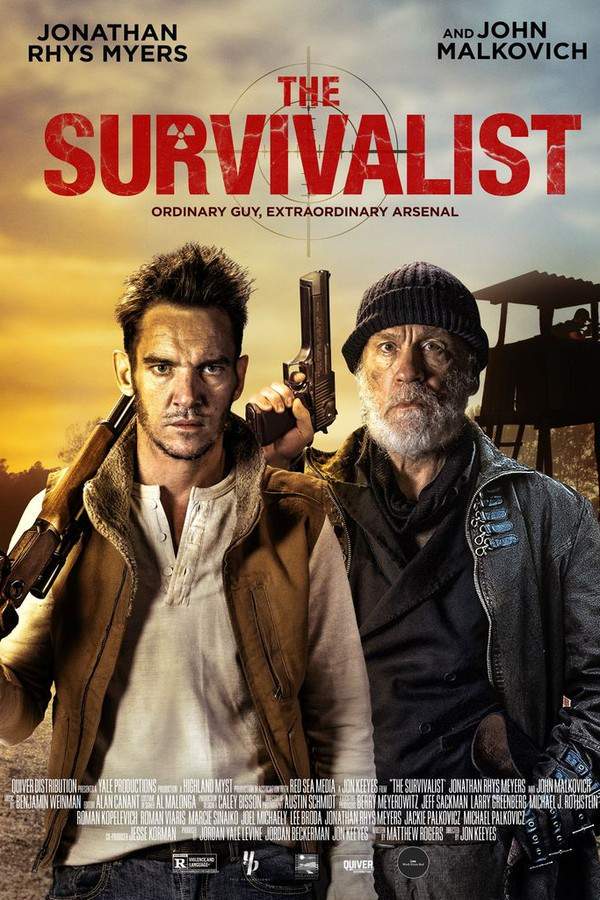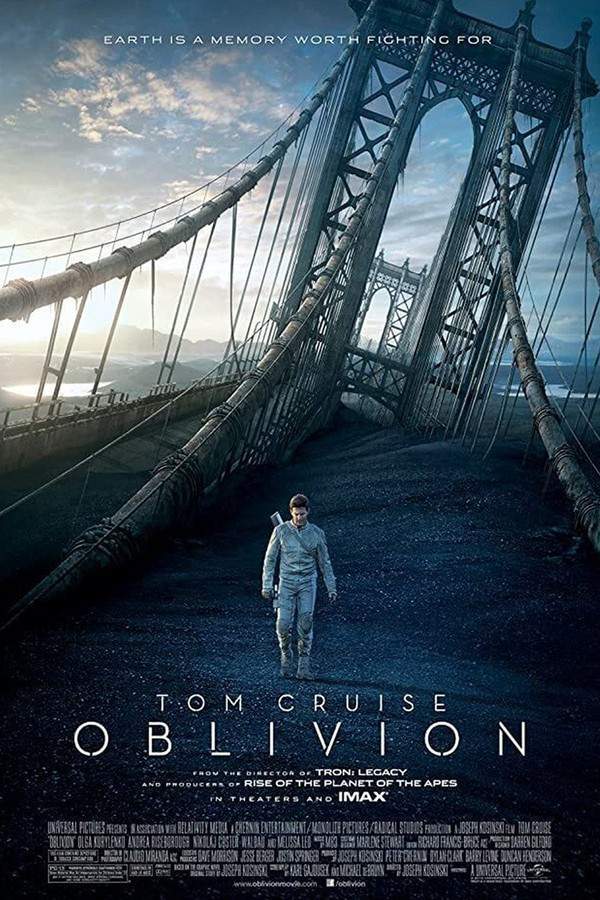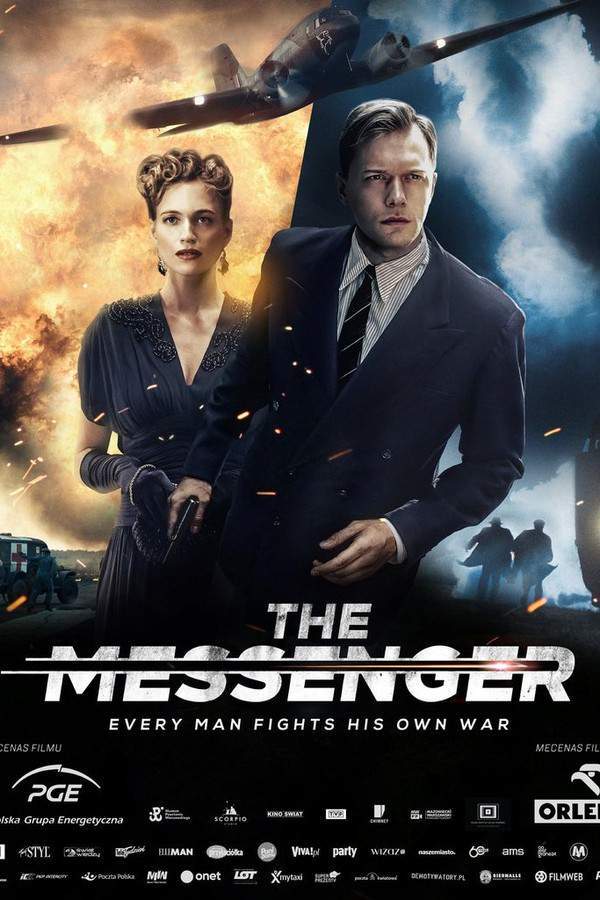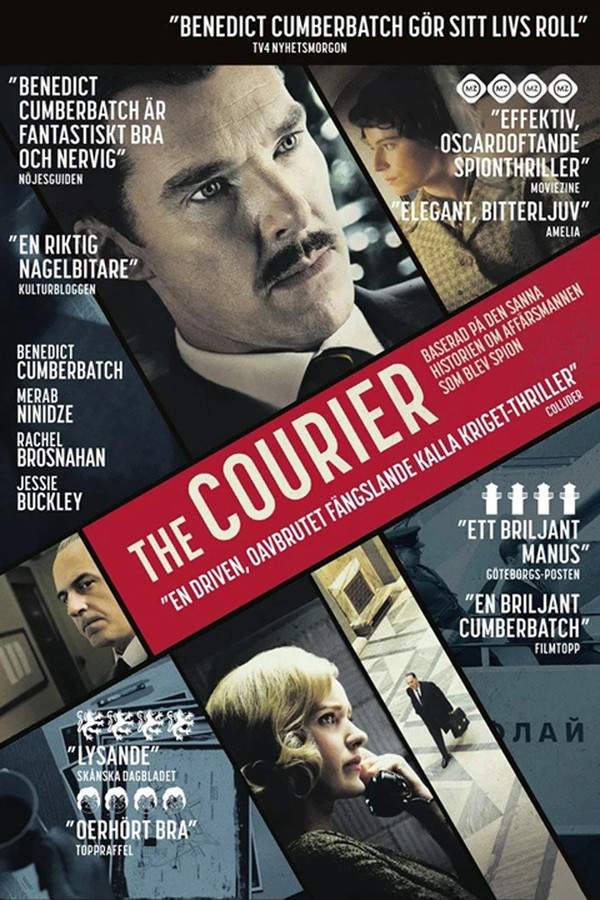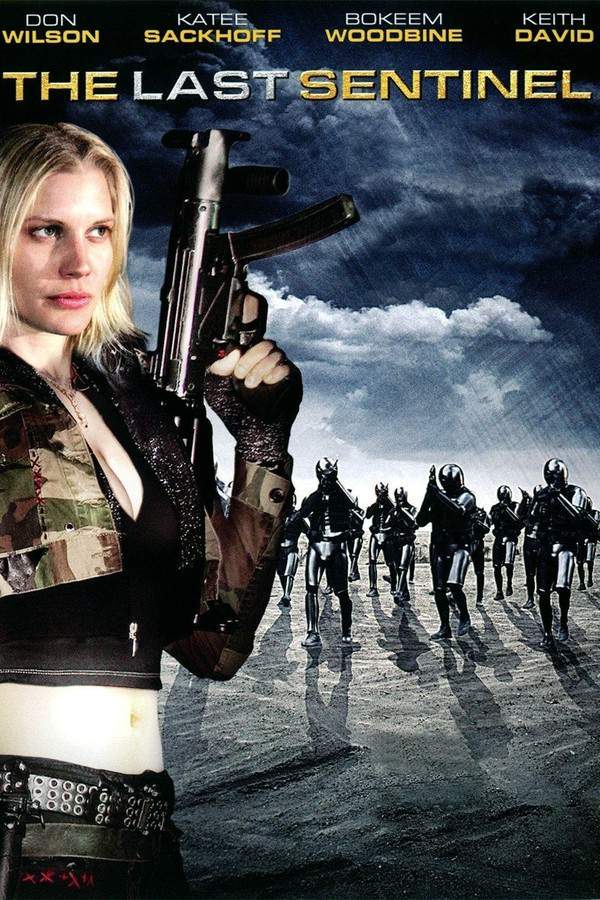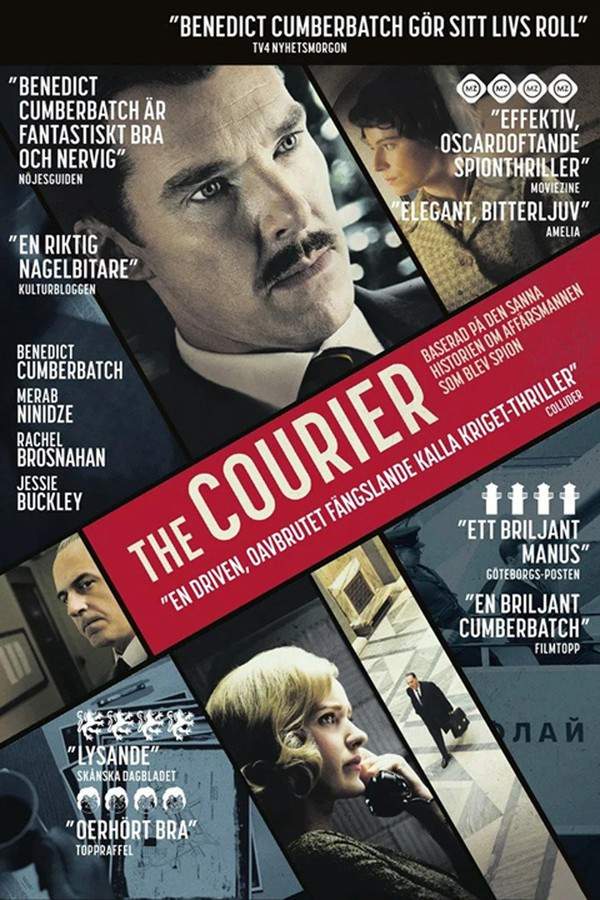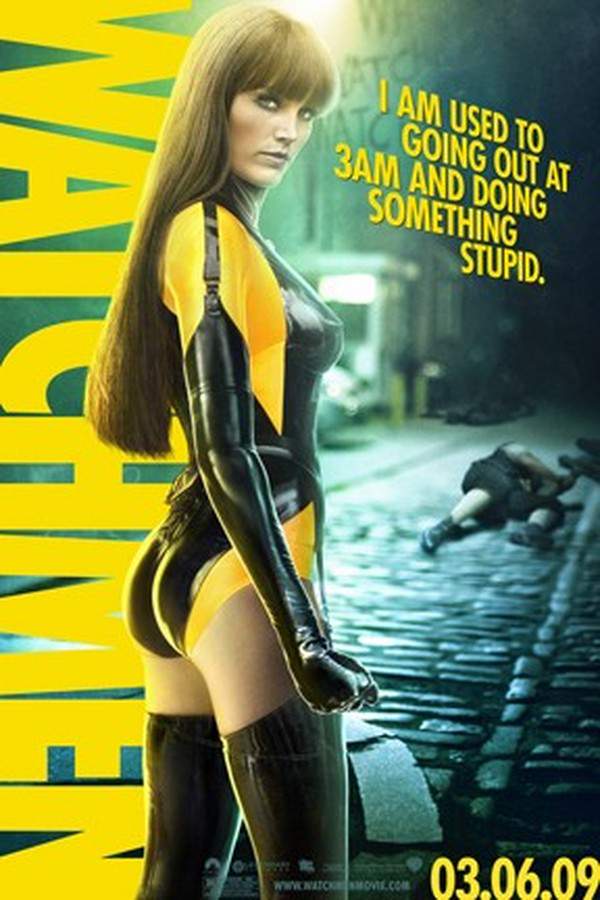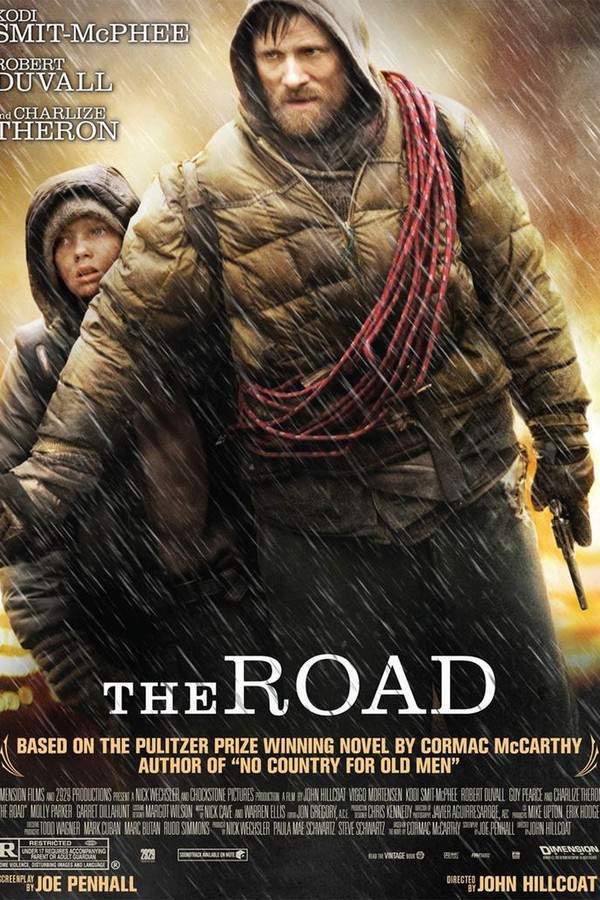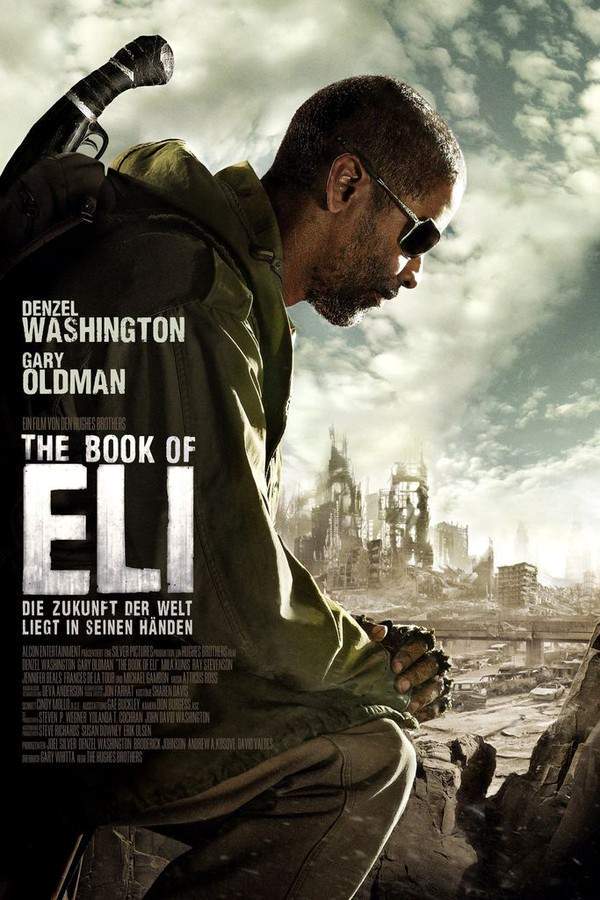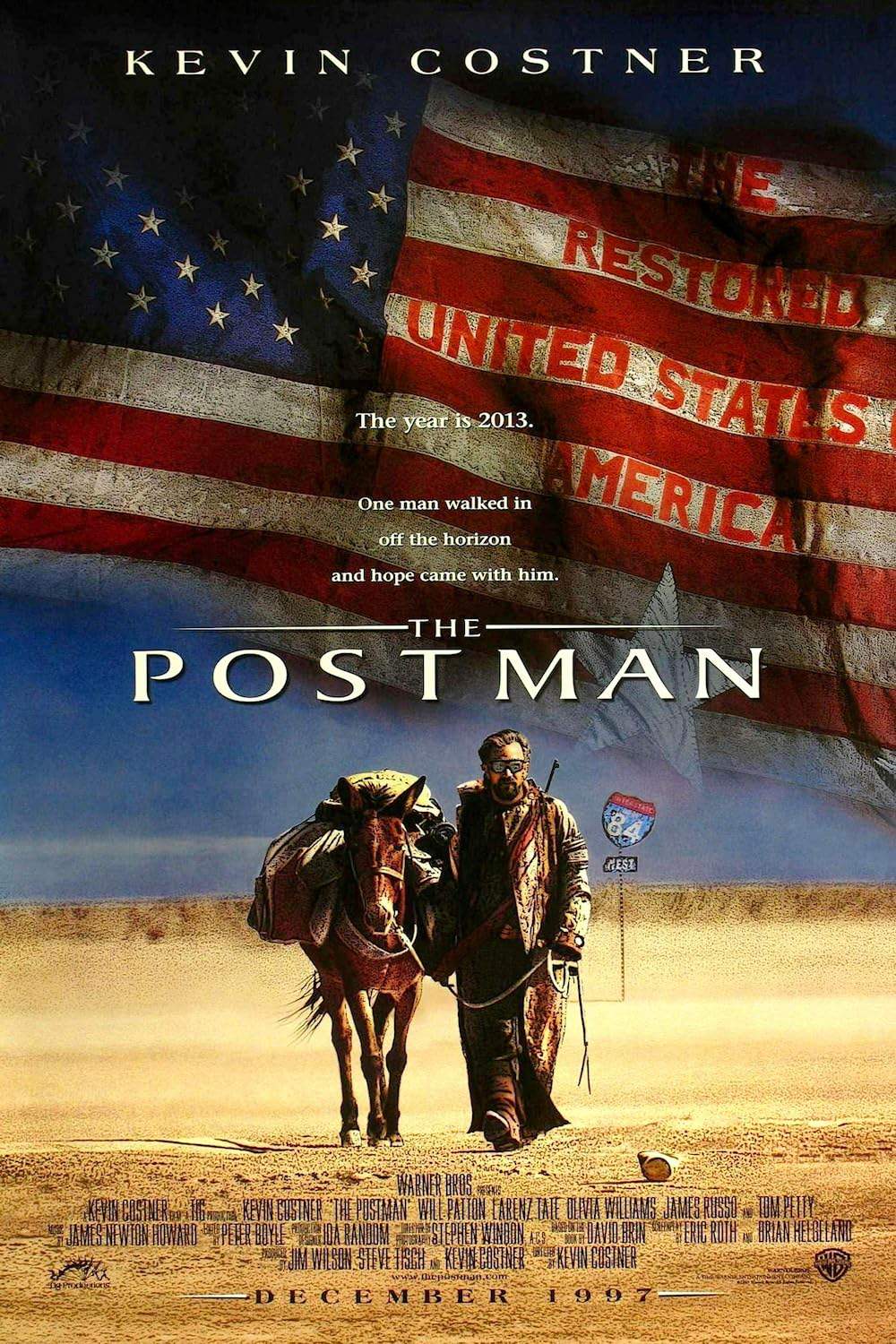
The Postman
Year: 1997
Runtime: 177 min
Language: Russian
Budget: $80M
In a post-apocalyptic world, a drifter assumes the role of a traveling postman, carrying letters between isolated settlements. His mission, initially a means of survival, unexpectedly inspires hope and a sense of unity within a fractured nation. As he delivers messages and rekindles communication, he inadvertently sparks a fragile movement, reminding people of the values and connections they thought were lost.
Warning: spoilers below!
Haven’t seen The Postman yet? This summary contains major spoilers. Bookmark the page, watch the movie, and come back for the full breakdown. If you're ready, scroll on and relive the story!
The Postman (1997) – Full Plot Summary & Ending Explained
Read the complete plot breakdown of The Postman (1997), including all key story events, major twists, and the ending explained in detail. Discover what really happened—and what it all means.
In this gripping tale set against a post-apocalyptic landscape, the film The Postman delves into the symbolic significance of civilization and its remarkable endurance. The narrative unfolds in three distinct sections, each presenting a unique representation of humanity’s resilience.
The first segment revolves around Gordon Krantz, a wandering performer who, after losing nearly everything to marauders, takes cover in a postal uniform. Armed with a dramatic background from the University of Minnesota, he embarks on a westward trek to Oregon. Here, he discovers solace in an abandoned postal van filled with undelivered mail. As he journeys through the devastated landscape, Krantz adopts the uniform and begins delivering the mail to nearby communities. In exchange for sustenance and shelter, he offers performances of Shakespearean scenes. His initial claims of being a true postman stem not from deceit but from a deep-seated need for others to perceive him as a beacon of hope and continuity.
The second section introduces Krantz to the community of Corvallis, Oregon, which is overseen by Cyclops, a sentient artificial intelligence crafted at Oregon State University and surprisingly intact after the cataclysm. However, this perceived intelligence is merely a superficial front, sustained by a group of scientists striving to preserve a flickering flame of knowledge and order. These scientists feign receiving guidance from Cyclops, leveraging its supposed wisdom to collect food donations from the citizens, reminiscent of the ancient Delphi Oracle.
As Krantz aligns with Cyclops’ caretakers in their conflict against a hypersurvivalist militia, he uncovers the impact of Nathan Holn’s followers—an author promoting a violent, misogynistic, and militaristic ideology. The infamous Holnists, originating from the Rogue River area of Oregon, have spread southward, hindering any attempts at regeneration and healing in the wake of war and plagues that devastated the United States.
The tension escalates as the Postman, now a pivotal figure, forms an essential alliance with a valiant tribe comprised of ranchers, loggers, and Native Americans from Oregon’s Umpqua Valley. This tribe, under the leadership of a Native American veteran of an airborne regiment, embodies a warrior ethos inspired by the Old West, driven by a profound resentment against the Holnists. Despite their successes in thwarting Holnist advances, they have remained apathetic toward the Willamette Valley’s townsfolk, viewing them as weak. The Postman’s appearance stirs something within them, sparking a potential shift in their stance.
As the story deepens, Krantz uncovers a chilling reality—not the electromagnetic pulses, urban decay, or bio-engineered plagues, but the Holnists’ gross exploitation of humanitarian workers and their horrific assaults on communities have ultimately led to society’s collapse. This harrowing discovery highlights the true essence of this dystopian realm, where survival hinges on the precarious balance of power and the propensity for violence.
The climax hints tantalizingly at the prospect of an unexpected alliance taking shape between the Postman’s tribe and various factions, epitomized by their flags – the Bear Flag, a powerful symbol of resistance against the Holnists. In the concluding scenes, hope glimmers as disparate groups begin to unite, poised to initiate a fervent effort to rebuild civilization in defiance of the ever-looming Holnist threat.
Last Updated: November 19, 2024 at 17:37
Explore Movie Threads
Discover curated groups of movies connected by mood, themes, and story style. Browse collections built around emotion, atmosphere, and narrative focus to easily find films that match what you feel like watching right now.
Movies with Post-Apocalyptic Hope like The Postman
Finding resilience and optimism in the ashes of a collapsed civilization.If you liked The Postman's journey of reconnecting a fractured society, explore similar movies where hope prevails in a grim setting. These stories balance the struggle for survival with a powerful message about rebuilding and the enduring strength of human connection.
Narrative Summary
The narrative pattern often involves a lone individual or a small group discovering a simple but powerful symbol or action that inspires others. Their personal journey of survival evolves into a mission that restores a sense of shared purpose and collective identity, challenging the prevailing despair.
Why These Movies?
These films are grouped by their shared emotional core: a gritty, high-stakes post-apocalyptic setting that serves as the backdrop for a profoundly hopeful and uplifting story. The tone is resilient, the pacing is steady as the movement grows, and the emotional weight is heavy but ultimately rewarding.
Movies with Symbolic Hero Arcs like The Postman
Where an ordinary person's simple act becomes a powerful symbol for change.Fans of The Postman's theme of an ordinary man inspiring a nation will enjoy these films about accidental heroes. Discover similar stories where a simple act of survival becomes a powerful symbol, creating movements that redefine the protagonist's purpose.
Narrative Summary
The narrative follows a reluctant protagonist who assumes a symbolic identity, not out of grand ambition, but necessity. As this identity inspires others and gains momentum, the protagonist must grapple with the weight of expectation and choose to either embrace their newfound role or walk away.
Why These Movies?
These movies share a specific character arc and plot structure: the 'found purpose' of an unlikely hero. They blend high-stakes conflict with a steady, character-driven pace, focusing on themes of community, unity, and the power of ideas to overcome brute force.
Unlock the Full Story of The Postman
Don't stop at just watching — explore The Postman in full detail. From the complete plot summary and scene-by-scene timeline to character breakdowns, thematic analysis, and a deep dive into the ending — every page helps you truly understand what The Postman is all about. Plus, discover what's next after the movie.
The Postman Timeline
Track the full timeline of The Postman with every major event arranged chronologically. Perfect for decoding non-linear storytelling, flashbacks, or parallel narratives with a clear scene-by-scene breakdown.

Characters, Settings & Themes in The Postman
Discover the characters, locations, and core themes that shape The Postman. Get insights into symbolic elements, setting significance, and deeper narrative meaning — ideal for thematic analysis and movie breakdowns.

The Postman Spoiler-Free Summary
Get a quick, spoiler-free overview of The Postman that covers the main plot points and key details without revealing any major twists or spoilers. Perfect for those who want to know what to expect before diving in.

More About The Postman
Visit What's After the Movie to explore more about The Postman: box office results, cast and crew info, production details, post-credit scenes, and external links — all in one place for movie fans and researchers.

Similar Movies to The Postman
Discover movies like The Postman that share similar genres, themes, and storytelling elements. Whether you’re drawn to the atmosphere, character arcs, or plot structure, these curated recommendations will help you explore more films you’ll love.
Explore More About Movie The Postman
The Postman (1997) Scene-by-Scene Movie Timeline
The Postman (1997) Movie Characters, Themes & Settings
The Postman (1997) Spoiler-Free Summary & Key Flow
Movies Like The Postman – Similar Titles You’ll Enjoy
The Survivalist (2017) Full Movie Breakdown
Oblivion (2013) Detailed Story Recap
The Messenger (2009) Full Summary & Key Details
The Courier (2019) Full Movie Breakdown
Last Sentinel (2023) Film Overview & Timeline
The Courier (2021) Ending Explained & Film Insights
Watchmen (2009) Full Summary & Key Details
The Last Man (2019) Complete Plot Breakdown
The Road (2009) Plot Summary & Ending Explained
The Book of Eli (2010) Story Summary & Characters
Postal (2008) Full Movie Breakdown
Postcards from the End of the World (2019) Detailed Story Recap
Post Impact (2004) Ending Explained & Film Insights
A Man Called Rage (1984) Detailed Story Recap
The World, the Flesh and the Devil (1959) Detailed Story Recap

